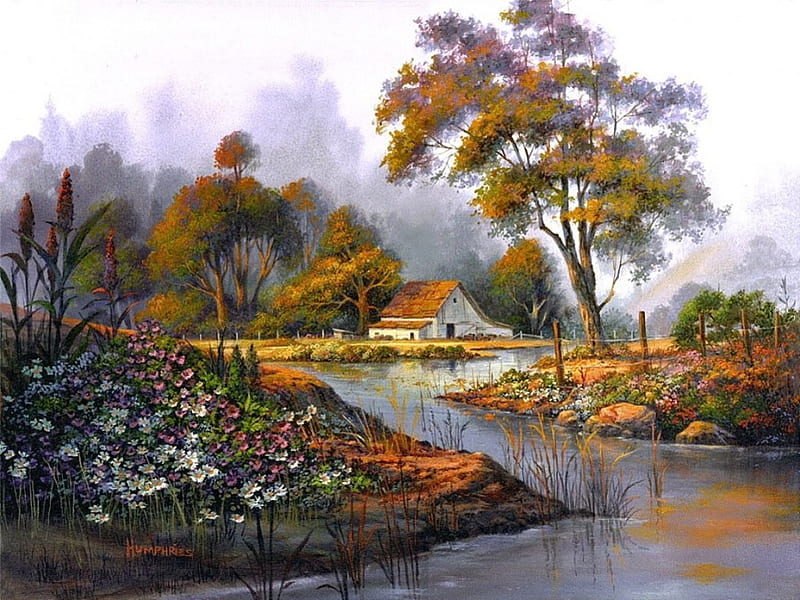Creating a visually appealing landscape requires careful planning and execution. Here are five essential tips to help you achieve a better-looking landscape:
- Plan and Design:
- Start by creating a detailed landscape plan. Consider your property’s size, shape, and natural features like sunlight, soil type, and drainage.
- Identify your goals for the landscape, whether it’s to enhance curb appeal, create a relaxing oasis, or grow your own fruits and vegetables.
- Sketch out a design that includes hardscape elements (paths, patios, decks) and softscape elements (plants, trees, shrubs).
- Keep in mind factors like color schemes, focal points, and seasonal interest to ensure year-round appeal.
- Choose the Right Plants:
- Select plants that are well-suited to your local climate, soil, and maintenance capabilities. Native plants are often a good choice as they require less water and are more resistant to local pests and diseases.
- Consider a mix of evergreen and deciduous trees and shrubs to provide year-round interest.
- Think about the mature size of plants to avoid overcrowding and maintenance issues.
- Proper Maintenance:
- Regular maintenance is crucial for a beautiful landscape. This includes watering, pruning, weeding, and fertilizing as needed.
- Mulch around plants to conserve moisture, suppress weeds, and improve soil health.
- Keep an eye out for pests and diseases, and address them promptly to prevent damage to your plants.
- Balance and Variety:
- Aim for a balanced composition in your landscape design. This involves using a variety of shapes, sizes, and textures to create visual interest.
- Incorporate focal points such as a striking tree, sculpture, or water feature to draw the eye and create a sense of unity.
- Use repetition of certain elements, like color or plant species, to tie the landscape together.
- Sustainable Practices:
- Implement sustainable landscaping practices to conserve resources and reduce environmental impact.
- Consider xeriscaping, which uses drought-tolerant plants and efficient irrigation methods to reduce water usage.
- Use organic mulch, avoid chemical pesticides, and practice responsible fertilization to promote a healthy ecosystem.
- Install a rain garden or rain barrel to capture and reuse rainwater, reducing the need for irrigation.
Remember that a beautiful landscape evolves over time, so be patient and flexible with your design. Regularly assess your landscape’s performance and make adjustments as needed to maintain its beauty and functionality.
